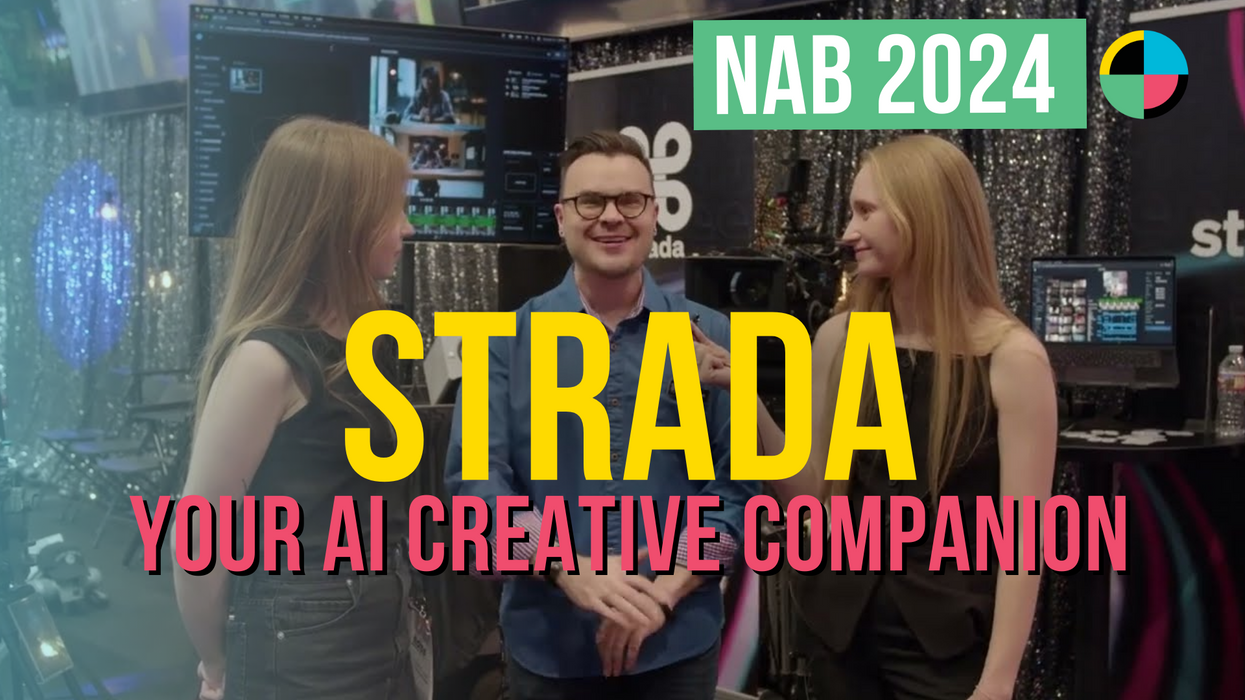A No-Bullshit Guide to Getting Your Film Seen in 2018
Distribution & marketing is less predictable—but more important—than ever.
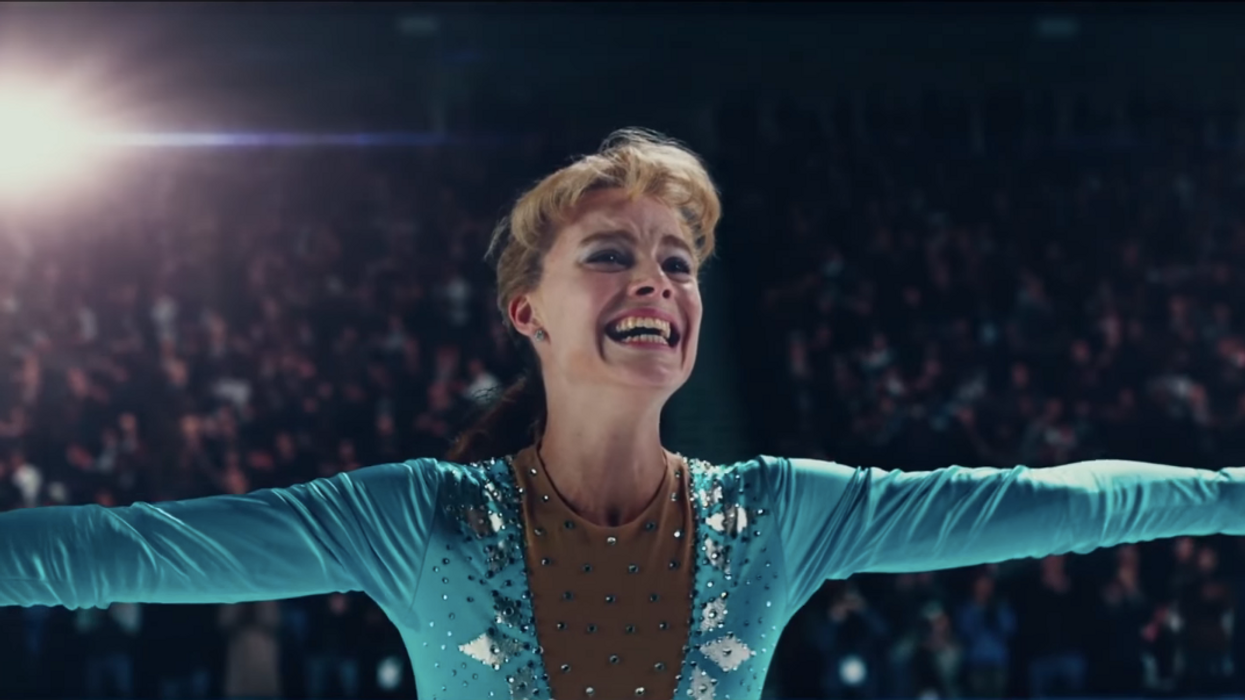
Distribution & Marketing: the life or death moment where your film finds its audience…or an early grave. You’ve all heard the horror stories: a festival hit never gets past cult-classic or, even worse, never gets seen at all once the festival’s over. So how can you make sure that your film actually reaches the public? Is there any hope of making a profit or, at the very least, breaking even? Several of the industry’s leading distributors showed up at DOC NYC 2017 to give you the answers.
The basic takeaway: structure your D&M on a film-by-film basis. Every movie has a different audience, which means that every movie requires a different approach. To make sure that you increase your odds—that you stick your landing after all the hard work—you have to understand the current landscape and think outside-the-box.
“Algorithms now matter more than reviews. Opinions no longer count.”
The Bad News: An Abundance Of Content
DOC NYC’s Day 6 “Morning Manifesto” was delivered by marketing strategist Brian Newman. Formerly CEO of the Tribeca Film Institute, president of Renew Media and executive director of IMAGE Film & Video, he has produced numerous movies, including Love & Taxes, Shored Up, and Remittance. He’s now the founder of Subgenre, a film marketing consultancy with more than one finger on the pulse.
He waxed eloquent on the state of the industry. “Basically, we’re fucked. It’s an age of abundance, meaning it’s that much harder to break through the noise and get your film noticed.”
Newman outlined the statistics. This past year, a whopping 170 documentaries qualified for the Oscar. Most of them will go straight to digital. Every week approximately 27 films open in theaters—just in NYC alone. He gave a rueful laugh. “You can’t read all the reviews, let alone go see them all.”
Even worse, filmmakers have to compete with rival sources of entertainment, from Social Media to Video Games. With most eyes on smartphones, today’s audiences have a shorter attention span...and a lot more to watch. “300 hours of video is uploaded to Youtube every week,” Newman told us, almost in disbelief. “Algorithms now matter more than reviews. Opinions no longer count.”
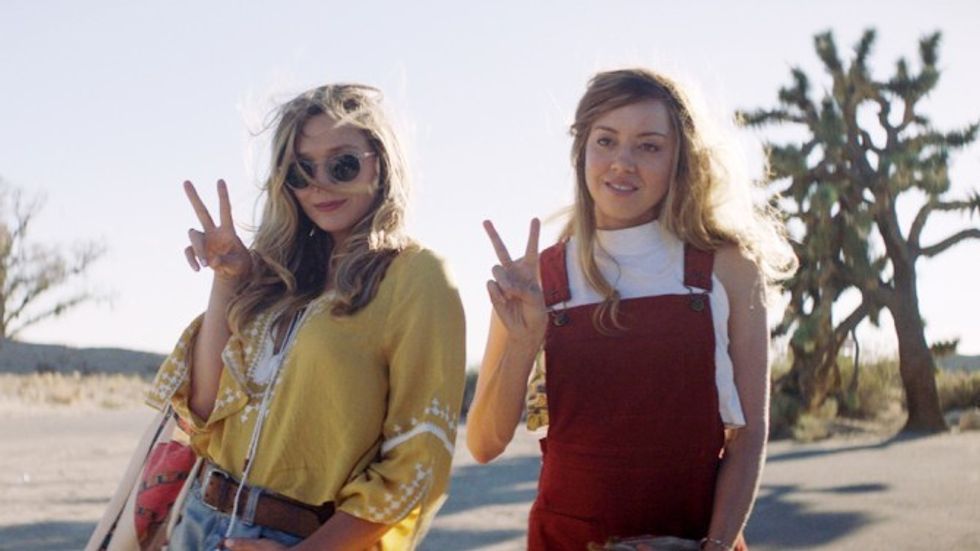
The Good News: An Abundance Of Options
However—As Newman was quick to add, the climate isn’t totally Dickensian: there’s an abundance of distribution options out there as well. “It’s the worst of times, and the best of times,” he reassured us. From heavyweight streaming services like Netflix and Amazon—the distributors he calls the “Big Gorillas”—to laser-focused boutique companies like NEON and The Orchard, there’s a wide range of ways to get eyes on your film.
The tricky part is deciding which option to choose.
Following Newman’s Morning Manifesto, a second round of distributors took the stage to expound on industry excess. Among them was Arianna Bocco, EVP of Acquisitions and Productions for IFC Films & Sundance Selects. Thus far, Bocco’s acquisitions include Boyhood, Clouds of Sils Maria, I, Daniel Blake, and Weiner. Previously, she has worked at Miramax, New Line Cinema and ICM.
Bocco was quick to weigh in on the mercurial nature of today’s D&M. “It’s an ebb and flow,” she explained. “There’s always gonna be that one person in the market who overspends to get a film or content. That was Netflix when they were new: they needed content, they had the money. But now they have so much content, their appetite to buy on the open market has diminished.” She flashed an ate-the-canary smile. “Which gives us more opportunities to acquire.”
“Let’s face it,” she continued. “Behemoths like Apple, Facebook and Yahoo are becoming players. Any of these companies coming up could replace Netflix and Amazon. They’re so big that they still have to figure out what their space is. Right now, for example, Apple is buying music docs—but I see them becoming much more involved.”
"Down the road, the current 10 year-olds will be 20—and the content we see then will reflect what they’ve been watching."
The players are changing, and so is the game. In fact, Apple is starting to focus on both non-fiction and scripted series. Same with Facebook: they’re doing a lot of un-scripted right now. And they’re not alone. Other new players are popping up at Sundance, Cannes, Toronto—and they, too, are looking to buy.
It sounds like good news, but Bocco urges caution. “Sure, it’s good to have more buyers,” she said. “There will always be new companies coming in creating new methods of distribution, new ways for filmmakers to get their stuff seen. But it’s only good if you adapt your content to suit.” She looked out at the crowd. “Keep in mind that down the road, the current 10 year-olds will be 20—and the content we see then will reflect what they’ve been watching. Original content series will be amped up, short-form content will be even bigger than it is now.”
Bocco’s right. As Dreamworks co-founder Jeffrey Katzenberg suggests, ten-minute streamed snippets are likely to dominate. And as NEON’s co-founder and CEO Tom Quinn tells it, theatrical releases are NOT on their way out. So okay, we have to keep adapting. But what are our options right now?

The Dilemma: Theatrical vs. Streaming
NEON is a boutique studio known as a champion of off-beat indies. Among their recent festival purchases are the razor-edgedIngrid Goes West and the electric I, Tonya. NEON is only ten months old and still shaping its brand—but Quinn is no newbie. His résumé includes working at Magnolia Pictures, Samuel Goldwyn; he even launched Radius, a boutique division of the Weinstein Company. (Cue groans from the crowd and a cognizant chuckle from Quinn.)
So what’s his advice after all that experience? “I’ve learned the importance of working on a project-by-project basis,” he asserted. “The cardinal sin in distribution is treating every film the same way.”
“The cardinal sin in distribution is treating every film the same way.”
Quinn is on the same page as Newman and Bocco – but he drilled down a bit farther than they did. “Nowadays, it’s a question of the ‘buffet approach’ vs. ‘transactional,’” he elaborated. “Theatrical is very much a transactional exchange: you commit yourself to leave your house, pay a flat fee, sit down and watch a movie. That experience changes the way you watch: it allows a film to be more challenging, to expect more from you. The minute you take that away—the minute you can dip out of watching it without cost—the experience and the value of that film change completely.”
In his eyes, ‘cinema’ is defined as much by how a movie is released as by what it’s about. “I believe that certain films are better watched at home,” he said. “It’s a different experience when you watch a film on your iPad, when you can leave the room as you see fit. As distributors, we have to be very aware of that.”

So do filmmakers. “You have to zero in on your goals early on,” Quinn advised. “If social impact is more important to you than profit, building a theatrical release for your film will have more impact. Sure, streaming can make your film more widely available, but the audience won’t be as focused. If you can combine the two, that’s the best way to do it.”
“But don’t jump to conclusions,” Bocco warned. “In order to find your film’s home, you have to figure out its identity. You have to tailor each film’s distribution to suit what it is.”
As an example, she cited Weiner: the fly-on-the-wall documentary about Anthony Weiner’s campaign for Mayor of New York City. “We loved the film when we saw it because it was so timely. We thought, because it’s so of-the-moment, let’s do something different: let’s release it theatrically and on VOD at the same time. That was risky, but it worked. It didn’t jeopardize independent theaters, it still wound up with a theatrical gross—but because people were so aware of the subject, people sat in their homes and watched it too.” She smiled, clearly pleased. Weiner is now widely considered to be one of the top documentaries—even one of the top films—of 2016. “The question of a day-and-date release vs. the traditional theatrical approach doesn’t have to be one way or the other. Each film is different.”
Quinn brought up Moonlight, last year’s Best Picture winner, as another example of theatrical vs. streaming. Distributed by A24, it used a gradual theatrical release to build word-of-mouth. “I do think that if Moonlight had been launched on a streaming service without a theatrical release, it would not have become what it did.”
He asked us to consider this year’s Sundance-winner, I Don’t Feel At Home in This World Anymore, as a counterpoint. Netflix bought it for big bucks, but then released it for streaming only—and almost no one saw it. In Quinn’s opinion, it would have done better if it began with theatrical. “It’s true that culturally, Moonlight had a lot more editorial resonance than I Don’t Feel At Home,” he admitted. “But I still think theatrical would have helped.” He paused for emphasis. “Netflix should have known better – and now they do.”
Lesson learned. “Right now, Netflix is being really vocal about how Mudbound (a recent streaming release) is also available in theaters.”
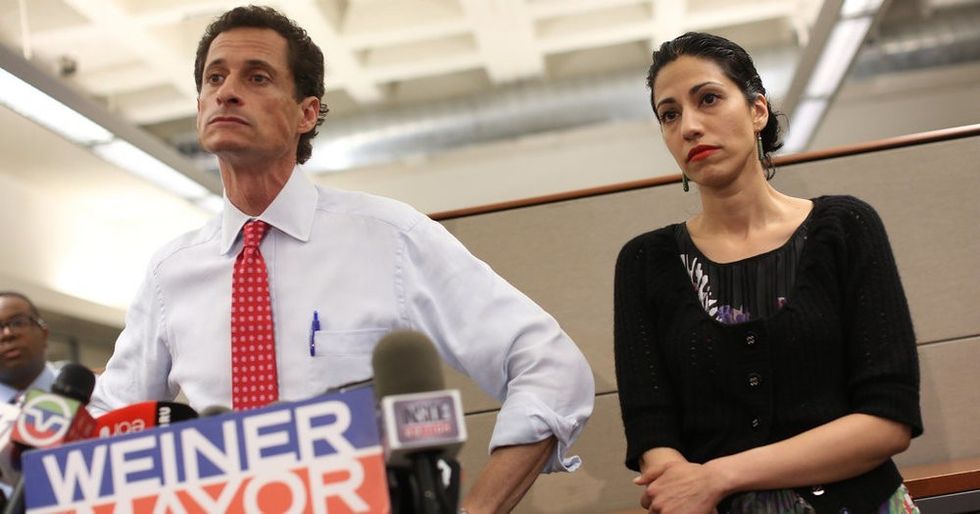
The Solution: Control the Controllables
This brings us to the ‘M’ of D&M: marketing. According to our panelists, this is the true make-or-break phase of a film’s life. And of course, it depends on the market…which is capricious as hell. As Brian Newman tells it, film production and distribution have already adapted to digital, while marketing—especially in the independent sector—is still in flux.
“It’s no longer just about making a good film,” Newman declared, “because it’s so much harder today to get a good film seen. Filmmakers now have to think ‘How do we market our film, our brand, and make sure it’s discovered?’”
Step One: Start Early. Figure out your film’s cachet and flaunt it. You have to start building awareness even before your film’s made, and if you’re in a festival, hype it. Imagine the alternative: if a film just shows up in a theater—or on a streaming service—without advance branding, it’s like the can of peas on the back of a shelf. Forgotten.
Step Two: Control the Controllables. “In order to build your audience, you have to be as creative as possible. You have to separate yourself from the crowd. Then, as soon as you have a strategy, you have to push really hard.”
Newman was adamant—and Bocco was reassuring. “There’s always something within a film that you can promote,” she offered. “An angle you can work, a particular audience. As distributors, we will collaborate with you to find the ideal approach. But as filmmakers, you should think about this in advance. Ask yourself: Who is your audience? Where will they most want to watch your film? How will you generate the right kind of excitement?”
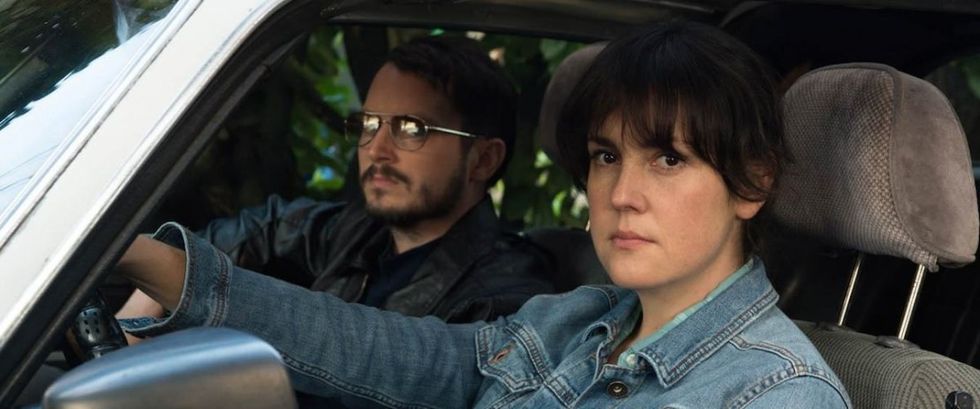
They both agreed: finding the right marketing strategy requires ingenuity, outside-the-box thinking. Imagination. And whatever the strategy, artwork should play a key role.
“You have to make artwork a top priority,” Newman insisted. To prove his point, he described how most movie posters look the same: “They’re all blue with one person standing there, and the title. That gets old.” He shook his head. “One of the few things you can control in your film’s life is the artwork. And unless your distributor is A24, they’re not gonna do this stuff for you. You’ve got to do it yourself.” He leveled his gaze. “It’s all about catching the public’s eye. Especially if you’re streaming. Seventy percent of your audience will decide which film to click on based on your artwork: what it looks like and how it’s positioned.”
Think about it, Newman urged: when you’re scrolling through Facebook do you ever stop and actually watch a trailer? “No.” He answered his own question. “You’ll sit there and watch a video with the sound turned off, text over top of it. So you have to accommodate: in order to engage today’s audiences, you need to be making 15-30 second clips showcasing compelling scenes from your film.”
In other words, images without sound—or at least, not heavily dependent on sound—are the new normal. Instead of making a long-winded trailer, you should select short clips. Additionally, make sure you have a few great stills. Why stills? That’s for streaming: Netflix no longer shows posters, they just post stills from your movie. This can make or break whether someone chooses to watch it.
Okay, so you’ve got artwork, short clips, stills… What else can you control? According to Newman, Bocco and Quinn—as well as other DOC NYC experts, too many to name—the biggest controllable out there is Step 3: Choose Your Distributor.
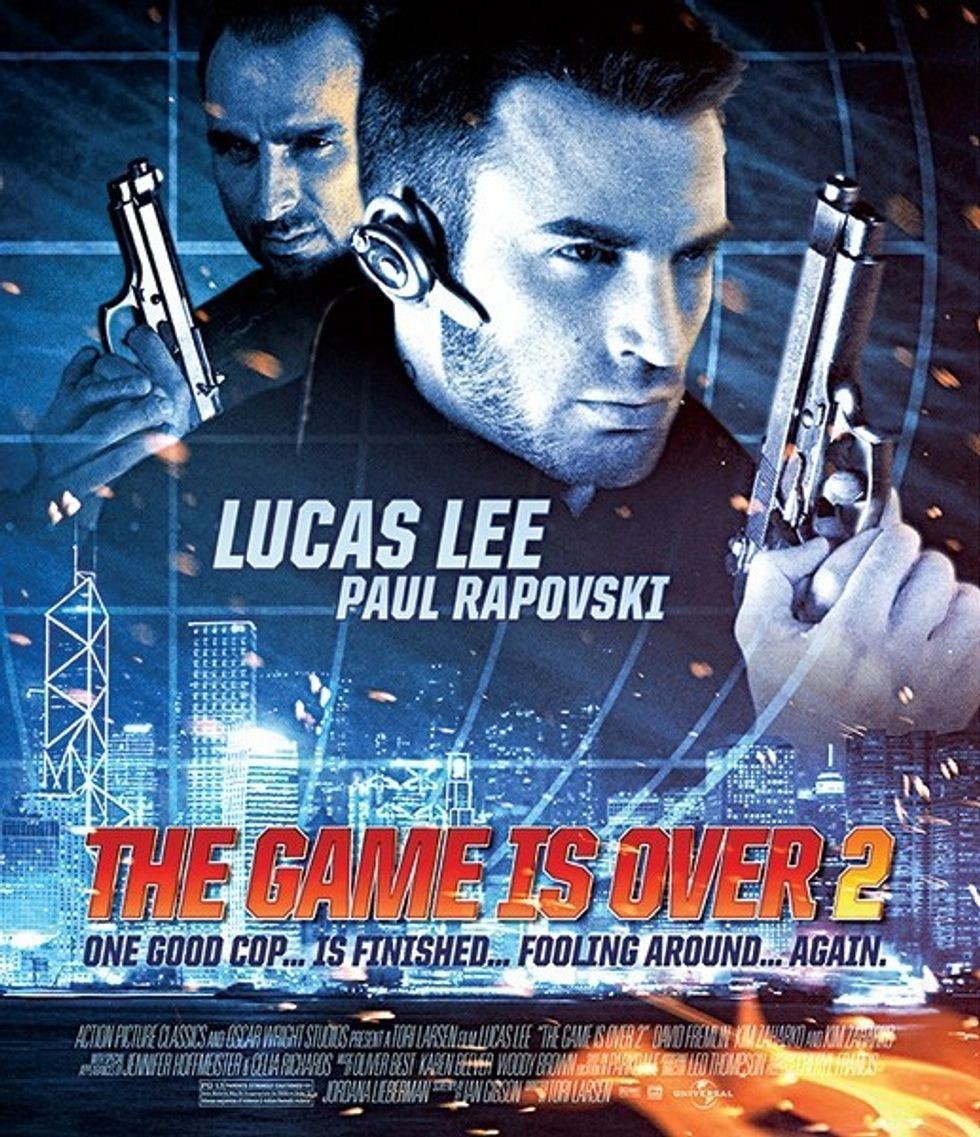
The Last Word: Choose Your Distributor by Choosing Your Platform
“You’re the filmmaker,” Quinn told the crowd. “So you get to choose.”
You have lots of options: theatrical; streaming; DVD; exclusive/non-exclusive; domestic/foreign/worldwide… Sure, you may not land the biggest fish in the pond; but you have to remember that no matter where you wind up, you want to find a good fit. So, here’s what to do once you’ve figured out your film’s ideal audience:
- Decide which rights and territories will best serve your film.
- Make a list of ideal distributors.
- Choose an appropriate sales agent (or your attorney, or whomever you think will be your best advocate during negotiations).
- Discuss your strategy with your agent before negotiating begins.
- Structure a release plan that leaves room for awards.
Yes, awards matter—if you can land one. Christine Kecher from A&E Studios explained: “If you think your film has a shot at an Oscar, ask for a theatrical window. If you want a Primetime Emmy, choose a distributor with a background in broadcast. If you have time for more festivals, choose one where you might win an award. But don’t launch any streaming or release a DVD until all award options are satisfied.”
Quinn had one last thing to add. “Just remember—It’s not a popular opinion, but I still believe in DVD releases—especially for issue-driven documentaries,” he declared. “If handled properly, DVDs can have quite a robust market with libraries and community outreach groups.”
In other words, don’t be bummed if the only deal you can land is ‘straight to DVD.’ Despite your dashed hopes, DVDs don’t deserve that kiss-of-death reputation.
For Newman, DVDs matter for a different reason. “If you can’t persuade Netflix to buy your film for streaming, you can try for a DVD deal with their other team. And then, if enough people request your DVD, you may be able to get it on streaming.”
Is there any way to help make that happen? Again, Newman had an answer. “If you’ve got a fanbase, get them to put your DVD in their queue. Then the algorithm will show that people are requesting it—and you’ll move up the ladder.”
There you have it: if you heed this advice—zero in on your film’s DNA and tailor your release plan to suit—your film has a good chance of finding its audience. And yes, you may even make money.
